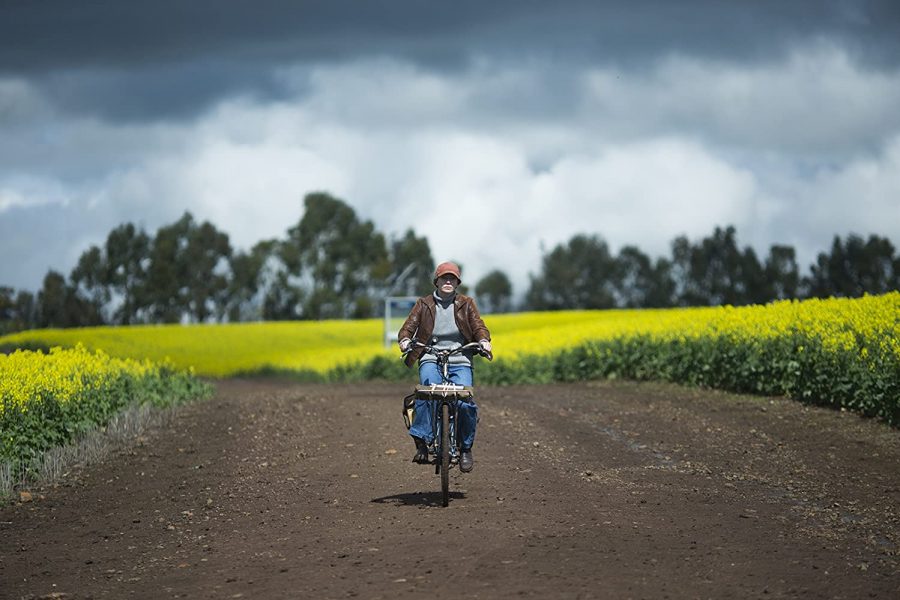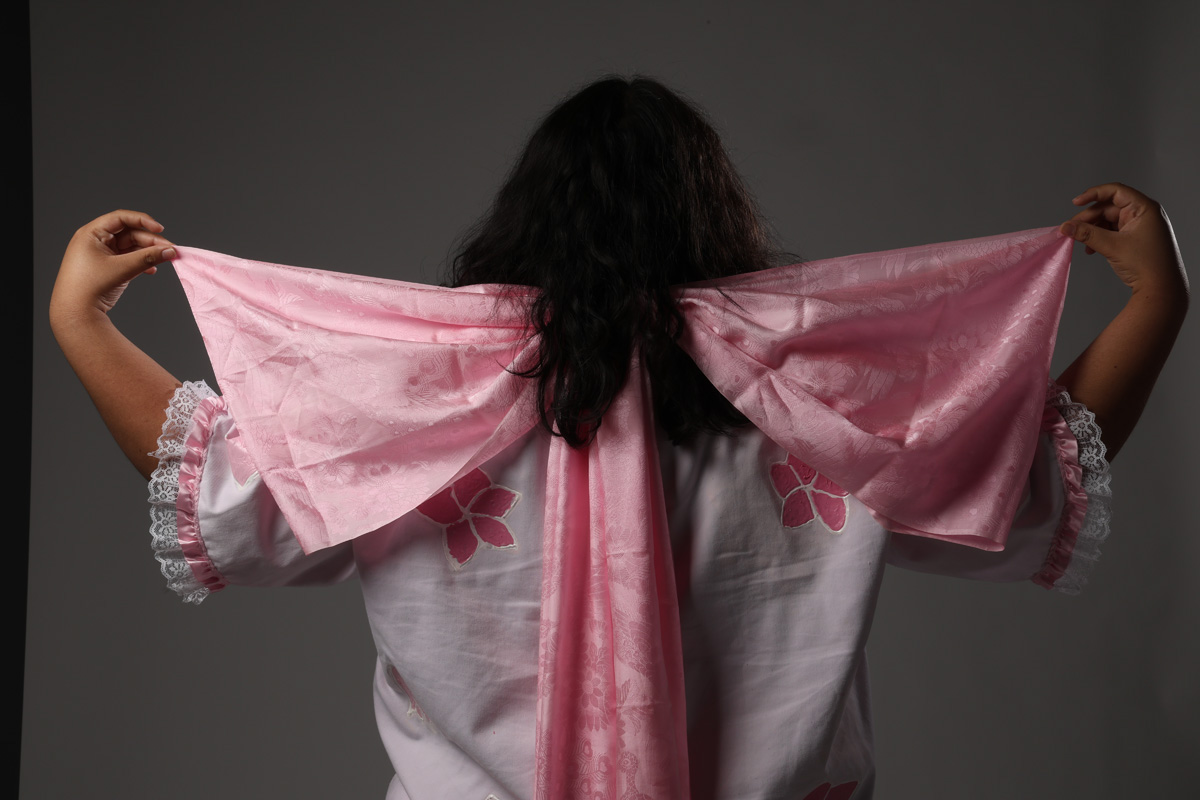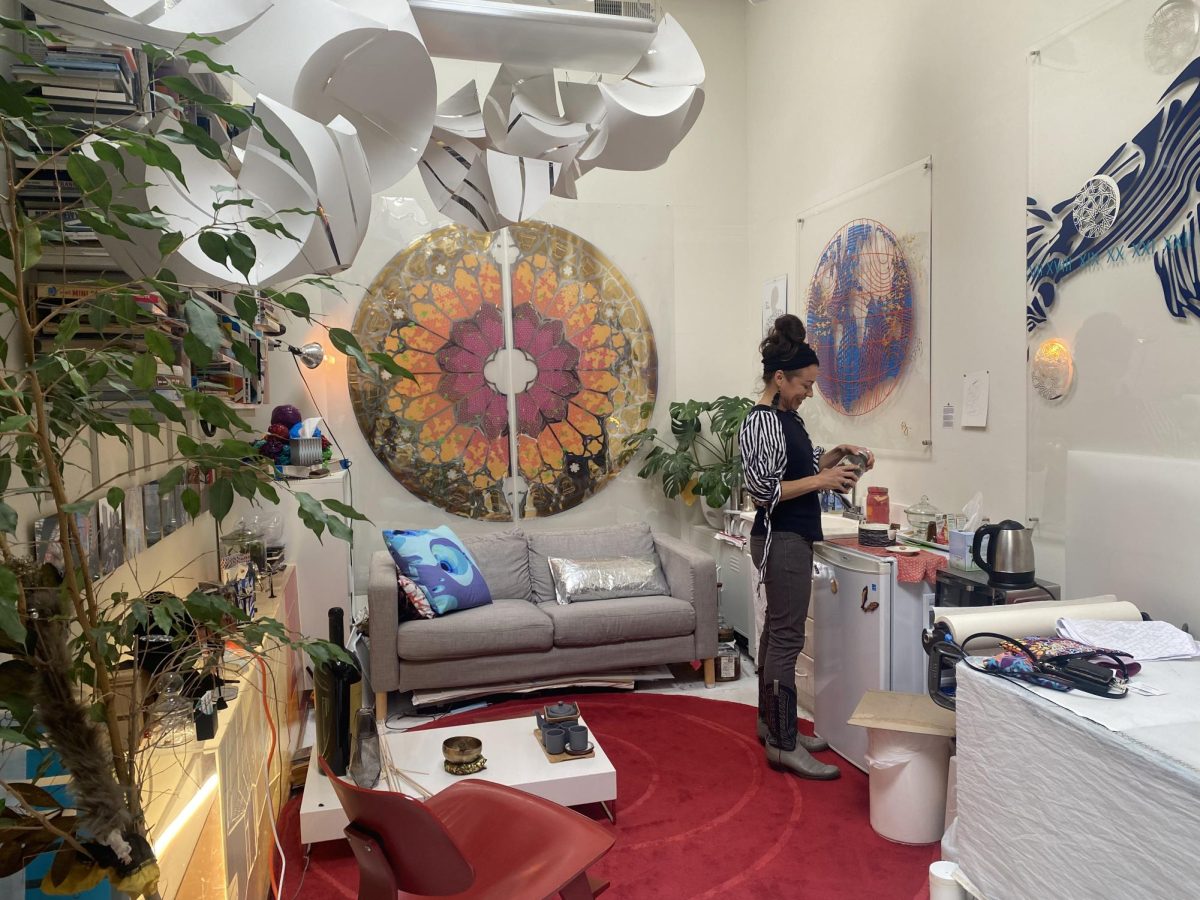‘The Leftovers’ mirrors our internal and global chaos
The best or the worst show for you to start watching right now.
April 8, 2020
Global pandemics bring out the best and the worst of humanity, or out of whatever is left of humanity. There is something about a society collectively going through a traumatic event, such as a terrorist attack, a war, a recession or a virus outbreak that simultaneously erodes yet strengthens our social order. These events cause us to question our beliefs, our perceptions of others, the ways in which our world works and doesn’t and perhaps the most challenging, our perceptions of ourselves.
In the HBO series “The Leftovers,” which aired from 2014-2017, it’s these same factors that get tested through the lives of its characters. Created by writer and producer Damon Lindelof (“Lost,” “Watchmen”), the scripted series takes place on Earth three years after “The Sudden Departure,” the day 140 million people around the world vanished without any trace. The fallout and trauma of the event is seen through the eyes of the inhabitants of Mapleton, New York, as they try to live on.
Kevin Garvey (Justin Theroux), Mapleton’s police chief, struggles to be a father to his two teenage children and a husband to his wife Laura Garvey (Amy Brenneman) after she leaves her family to join a cult-like group. The Guilty Remnant is a town group of slowly but surely increasing members who don’t verbally speak but communicate through written notes, chain smoke and who wear all white. The group’s purpose is to remind themselves and others of “The Great Departure” because they believe there is no going back, no forgetting, no pretending and no returning to normal.
The contention between The Guilty Remnant and the people of Mapleton is what serves as the catalyst for many of the conflicts in the series’ first season. Several of the group’s members are victims of hate crimes, such as physical attacks, getting paint thrown on them and even a stoning. These attacks are extreme expressions of great anger by the townspeople who are desperate to have something, someone to blame for what happened to them and to their loved ones. They mirror the many instances of, sometime violent, discrimination Asian people have reported due to people’s association with COVID-19 and China. In both instances, each group is being scapegoated for a global pandemic.
That same anger stems from both the public’s dissatisfaction with their state’s and their government’s responses to either global pandemic. There is an early scene in the series of the Mapleton police officers watching a congressional hearing about “The Sudden Departure” and an accredited scientist, when asked why so many people disappeared, responds by saying “I don’t know.” It is more difficult for the general public to make sense of the situation when their own governmental authorities have just as much understanding and knowledge as they do.
Unfortunately, our government’s response doesn’t divert far enough for comfort than of the government’s reaction in the series. Reports of the current White House administration lagging behind in addressing the virus and its severity, as well as its insufficient supply of test kits have shown the cracks in our government. As the number of confirmed cases and deaths from this virus continue to rise, the trust between the people and the government continues to falter.
However, the series’ most painfully accurate depiction is that of the ways its characters try to find solace from their trauma of the event. Whether it’s Gill (Margaret Qualley), Kevin’s daughter, attending teenage parties and playing the typical hormone infused games or Nora Durst (Carrie Coon) working with those who lost loved ones after she lost her two children and her husband or Laurie joining the local silent, chain smoking and all white dressed group with nihilistic principles, they’re all just trying to make sense of it all. And all we can do is watch.
Arguably, our first season of our global pandemic was the virus’ first few confirmed cases and its continual progression in January and February with its cliffhanger season finale being us going into shelter-in-place orders. Right now, we’re in our second season, where we’re getting used to new ways of living, coping and surviving. Will we fare better than we did in the first? How will we make sense of it all? Will we survive? When will we go back to the way things were? Is there a going back? I don’t know, but what I do know is that both worlds are worth watching, now more than ever.




